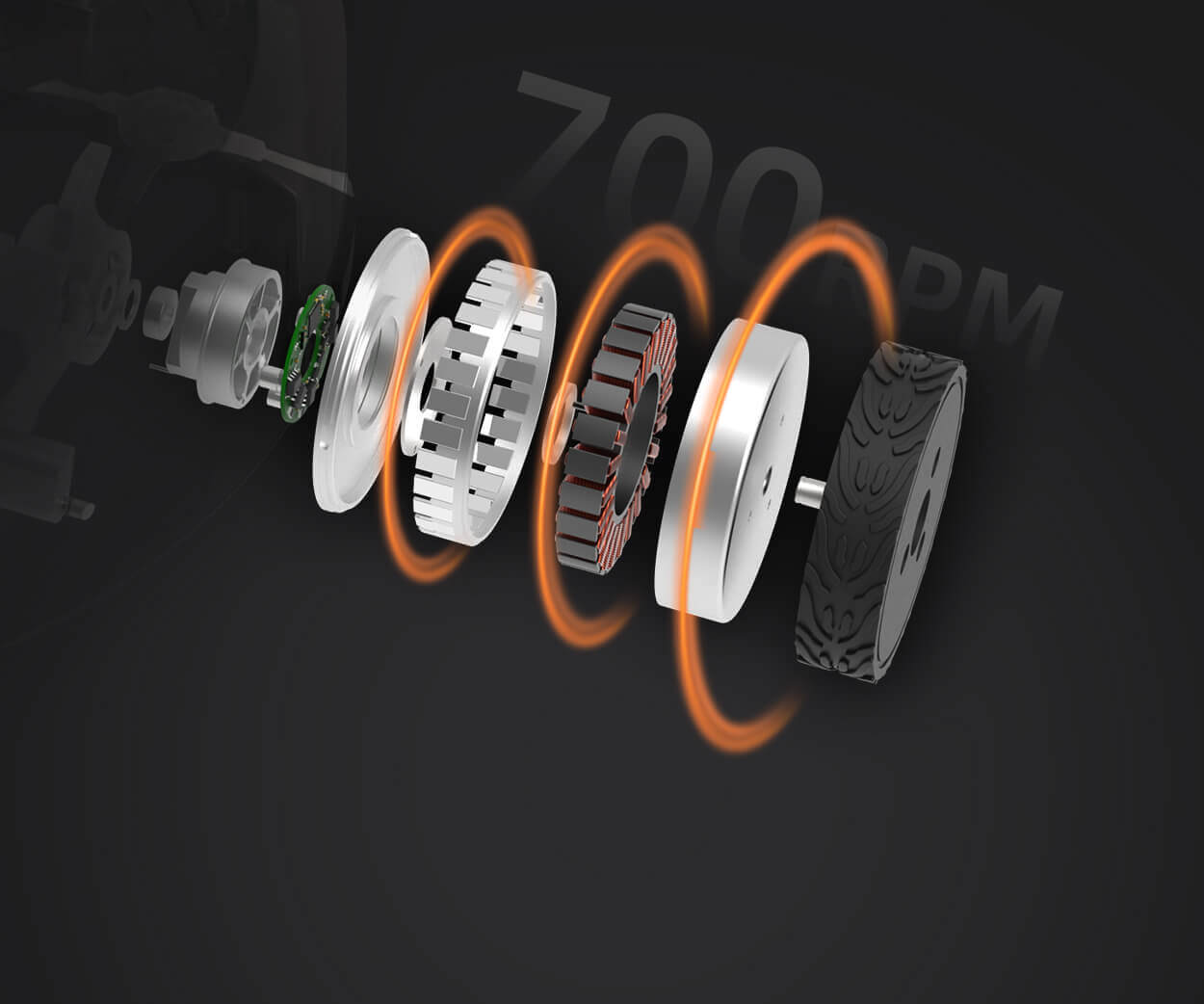Imagine building a house that’s supposed to last decades. You don’t just pile up bricks and hope for the best. You nail down the foundation, wire the electrical circuits carefully, and install security systems that can monitor breaches 24/7. Microservices security works pretty much the same way—it's about making sure each tiny component within a sprawling digital ecosystem is locked tight, yet flexible enough to work seamlessly.

One thing folks often overlook is the importance of layered security. You don’t leave your front door unlocked while putting in a fancy alarm system, right? Same concept applies here. Start with authentication and authorization—think of them as your digital locks. A solid identity management system helps confirm who’s who, then grants permissions based on specific roles. It’s not just about preventing a stranger from walking in; it’s about ensuring each user only gets access to what they need.
Then, there’s encryption. Ever tried to send a secret message only for it to be intercepted? That’s why encrypting data in transit and at rest isn't optional anymore. If someone taps into the network, without the right keys, the messages look like random gibberish. Microservices breathe in a world of rapid data exchange, so encrypting each communication point becomes a shield to keep attackers at bay.
Let’s talk about real-time monitoring. If a tiny crack appears in a dam, it can eventually cause a flood. For microservices, suspicious activity can develop overnight—unusual spikes in traffic, unexpected API calls, or unauthorized data access. Using intelligent security tools that flag anomalies before they turn into breaches keeps your system healthy. That’s a game changer.
Think about regular security audits too. Fresh eyes, or better yet, automated tools that spot vulnerabilities you might miss. Sometimes, it’s about updating dependencies, fixing bugs, or patching known exploits. It’s much like taking a regular check-up—important, not optional.
You might ask, “Can a single breach really compromise an entire system?” Well, no system is perfectly sealed, but the goal is to contain. Separating concerns—isolating services so a vulnerability in one doesn’t cascade—keeps the damage localized. It’s like having fire doors in a building. Firewalls, API gateways—those are your fire doors, helping control and filter traffic.
Ultimately, security in microservices isn’t a one-time setup; it’s a continuous journey. Each new feature, each deployment, demands attention. Automation plays a big role, reducing human error and ensuring that security measures keep pace with rapid delivery.
Why does it matter so much? Because breaches aren’t just about data leaks—they can shatter trust, cause downtime, and cost millions. It’s about protecting not just data, but reputation.
Picture this: a service running smoothly, responding instantly, without worrying about lurking threats. That’s what a mature security approach delivers. So yeah, just like good housekeeping or maintaining a sturdy bridge, taking microservices security seriously is what keeps everything running, safe, and sound.
Established in 2005, Kpower has been dedicated to a professional compact motion unit manufacturer, headquartered in Dongguan, Guangdong Province, China. Leveraging innovations in modular drive technology, Kpower integrates high-performance motors, precision reducers, and multi-protocol control systems to provide efficient and customized smart drive system solutions. Kpower has delivered professional drive system solutions to over 500 enterprise clients globally with products covering various fields such as Smart Home Systems, Automatic Electronics, Robotics, Precision Agriculture, Drones, and Industrial Automation.




































